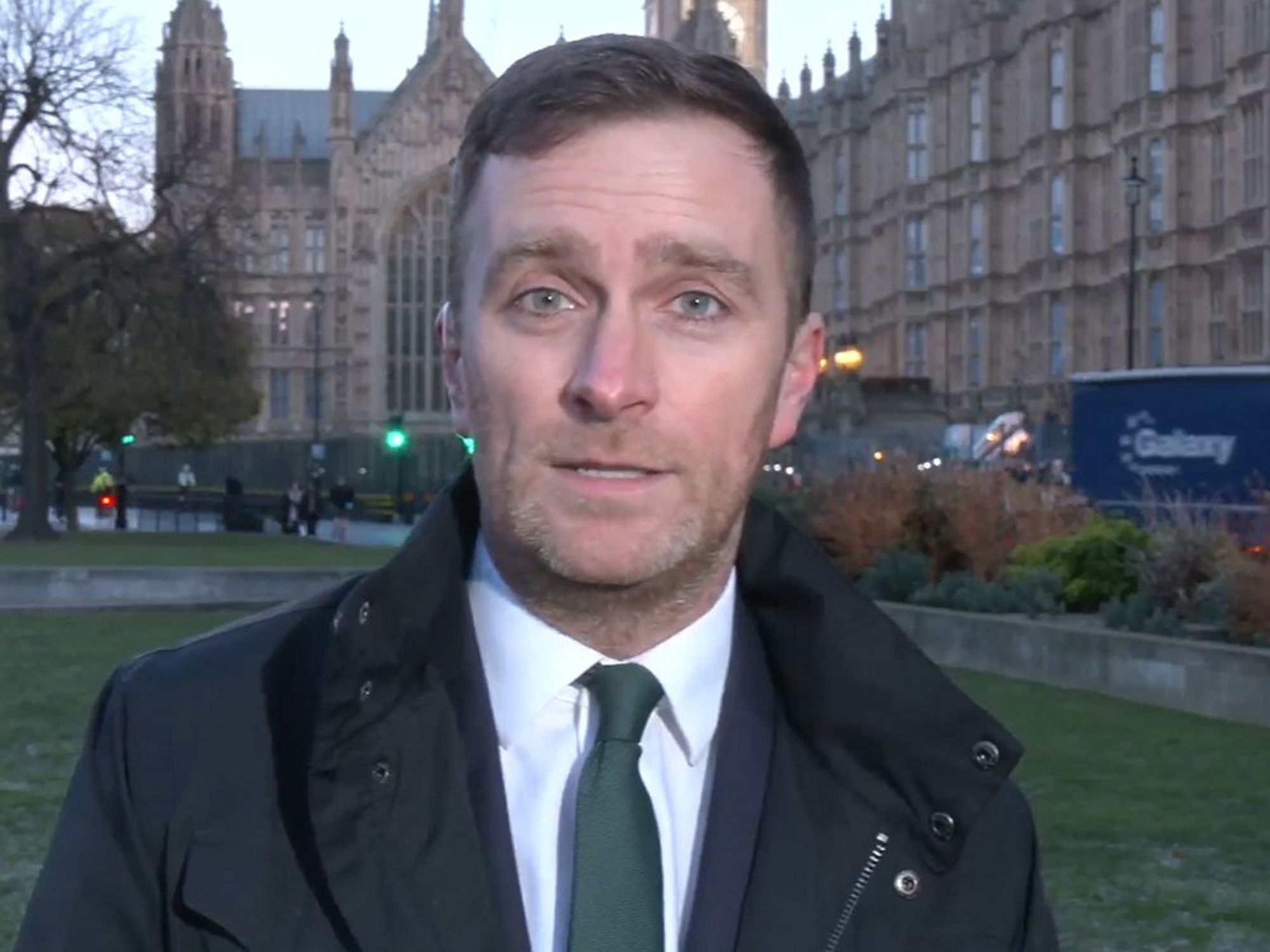Earthquake causes rubble to rain down as fears surge over ‘Super volcano’ eruption

Earthquake causes rubble rain down as fears surge over ‘Super volcano’ eruption
|
The earthquake struck a region which holds a massive super volcano
Don't Miss
Most Read
Latest
An earthquake in Naples has caused huge amounts of damage to the city as experts fear the tremor could spark an enormous explosion.
A magnitude 4.0 quake shook Italy’s volcanic region west of Naples with residents posting videos of the carnage.
Footage shows rubble raining down onto the Italian street and cars as cracks appear in the stone buildings.
The latest earthquake comes after a number of other small tremors in the region, sparking fears of a volcanic eruption.
WATCH NOW: Rescuers attend bus crash in Italy
One leading volcanologist warned that mass evacuations might be needed as many people live on the doorstep of a so-called Super Volcano.
Last week, the region experienced the strongest quake in 40 years, experiencing a magnitude 4.2 quake at the volcanic field, known as the Campi Flegrei or Phlegraean Fields.
The Campi Flegrei sits across the bay of Naples from Pompeii, where thousands were incinerated by Mount Vesuvius in 79 AD.
However, it is a much bigger volcano than Vesuvius and if it ever exploded at full force could kill millions.
WORLD NEWS LATEST:

Naples and it's surrounding area is home to millions
|Reuters
The Campi Flegrei are similar to the Yellowstone caldera in the US but hold a higher level of risk given that the area is populated by around 3 million people.
Giuseppe De Natale, former head of the Vesuvius observatory at the National Institute for Geophysics and Volcanology (INGV), called for urgent checks on buildings after repeated seismic activity that is pushing up the ground by 1.5 cm (0.59 inches) a month.
De Natale explained the last time Campi Flegrei suffered a similar burst of earthquakes in the 1980s, some 40,000 people were temporarily evacuated from nearby Pozzuoli.
The town’s population has now doubled to more than 80,000.

The Campi Flegrei sits across the bay of Naples from Pompeii, where thousands were incinerated by Mount Vesuvius in 79 AD
|Reuters
“Currently, I believe the more immediate risk is seismic. But it is clear that one must also consider the possibility of an eruption,” he told Reuters.
He said if there was an eruption, it would be a phreatic, or steam-blast eruption -- which are generally relatively weak and devoid of new magma -- at least initially.
Although experts agree that an eruption is unlikely, the Campi Flegrei caldera, which has a diameter of about 12-15 km has the potential to cause huge devastation.
One of its major eruptions took place almost 39,000 years ago and caused magma to be flung as far away as Greenland, some 4,500 km away.










